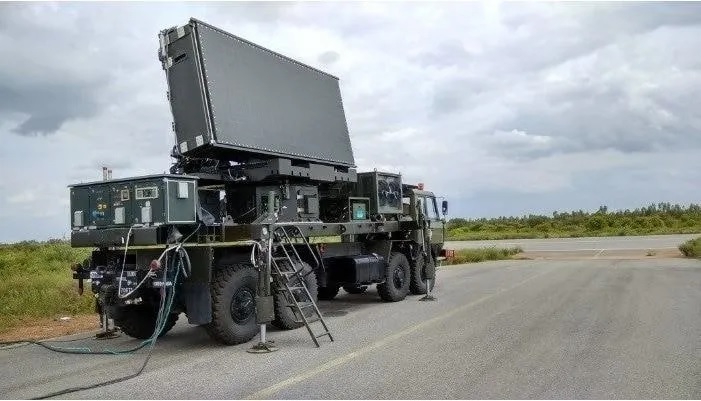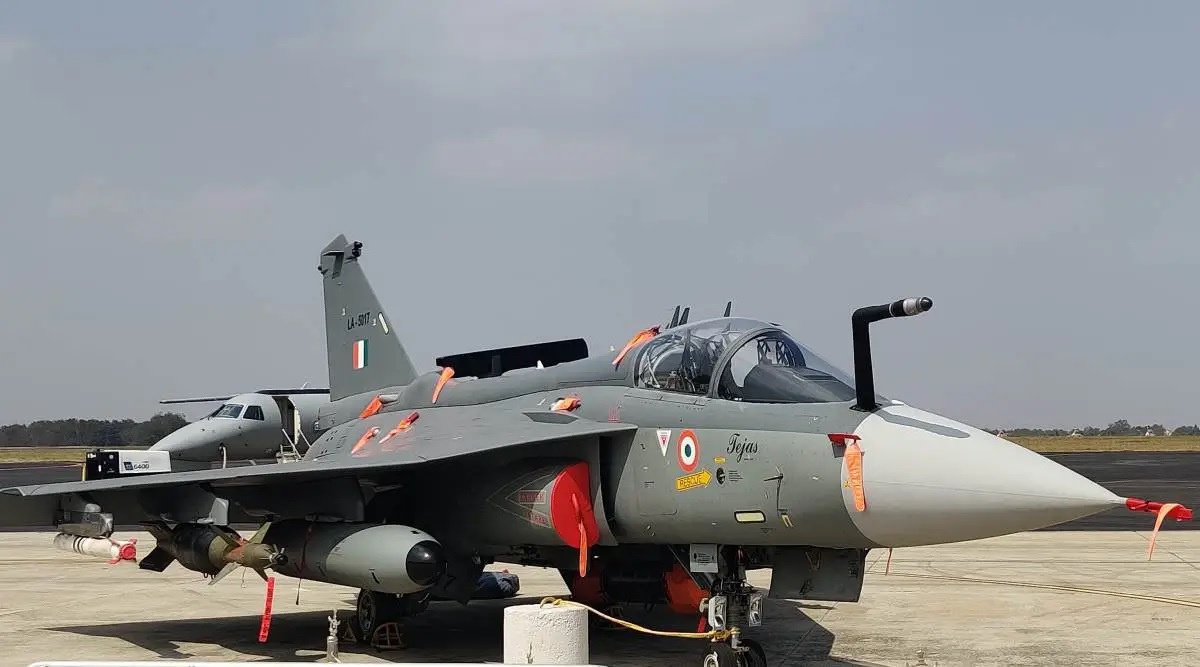BEL’s SASTRA Radar with 2000km Range Detecting Stealth Aircraft and UAVs

India’s defense capabilities are set to receive a significant boost with the development of the SASTRA radar by Bharat Electronics Limited (BEL). This advanced Long Range Radar (LRR) boasts a range of over 2000 kilometers and is designed to track conventional aircraft, unmanned aerial vehicles (UAVs), and even stealth aircraft, known for their low Radar Cross Section (RCS). The SASTRA radar stands poised to transform India’s air defense by providing unparalleled early warning and situational awareness, making it a critical asset in countering modern aerial threats.
What makes the SASTRA radar particularly noteworthy is its ability to detect stealth aircraft, which have traditionally been difficult to track due to their advanced RCS reduction technologies. Stealth aircraft, such as the American F-35 or the Chinese J-20, are engineered to evade radar detection, thus giving adversaries a considerable edge in modern air combat. However, the SASTRA radar is equipped with cutting-edge radar technology, potentially using frequency-hopping and multiple radar bands to pick up faint signatures from these stealthy targets, ensuring they are not entirely invisible to Indian defenses.
The project, initially conceptualized by the Defence Research and Development Organisation (DRDO), has now moved into its fabrication phase under BEL's stewardship. Developmental trials are expected to take place soon, signaling the final stretch towards its deployment. This radar’s reach of over 2000 kilometers allows it to monitor vast regions, providing India with strategic depth when it comes to early detection of potential aerial threats. Its impressive range means that India can monitor not only its own airspace but also detect incursions from neighboring regions well in advance.
SASTRA is believed to share DNA with the Long Range Tracking Radar (LRTR) developed for India’s Ballistic Missile Defence (BMD) program. This connection suggests that the radar is not limited to conventional air defense but could also serve a dual purpose by tracking ballistic missile threats. Its high-resolution tracking capability makes it a formidable tool in any layered defense system, whether monitoring missile launches or high-altitude reconnaissance UAVs.
Given the rising use of drones and UAVs in warfare, such as their role in recent conflicts in the Middle East and Eastern Europe, the SASTRA radar's capacity to detect smaller, slower-moving aerial platforms like UAVs adds another layer of security to India’s defense infrastructure. Whether it's high-speed, stealthy aircraft or low-altitude drones, the radar's comprehensive coverage ensures that it can track a wide range of threats.
Moreover, the radar’s design likely incorporates sophisticated algorithms for tracking fast-moving targets, advanced signal processing to filter out background noise, and the ability to operate in varied terrain, from mountains to deserts. These specifications are crucial for India, given the country’s diverse geography and the need for systems that can operate efficiently in different environments. Whether at high altitudes near the Himalayas or along the expansive coastline, the SASTRA radar will be a critical part of India’s defense network.
As the world moves toward stealth-based combat platforms and UAV swarm technologies, India’s development of SASTRA comes at a crucial time. It underscores the nation's intent to protect its airspace with the latest technology, staying ahead of evolving threats. The radar, with its advanced detection capabilities, will ensure that India remains vigilant and prepared against stealthy and conventional threats alike, helping safeguard the nation's borders and beyond.
The SASTRA radar is not just an enhancement of India’s air defense; it represents a leap forward in the country’s ability to maintain continuous surveillance over a vast area. Its deployment will significantly augment India’s air defense network, providing a reliable shield against hostile air incursions while giving the military the critical time needed to respond to emerging threats.


